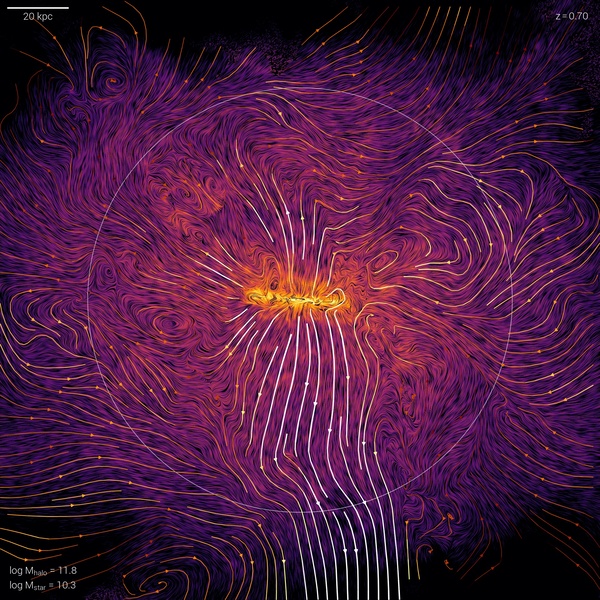
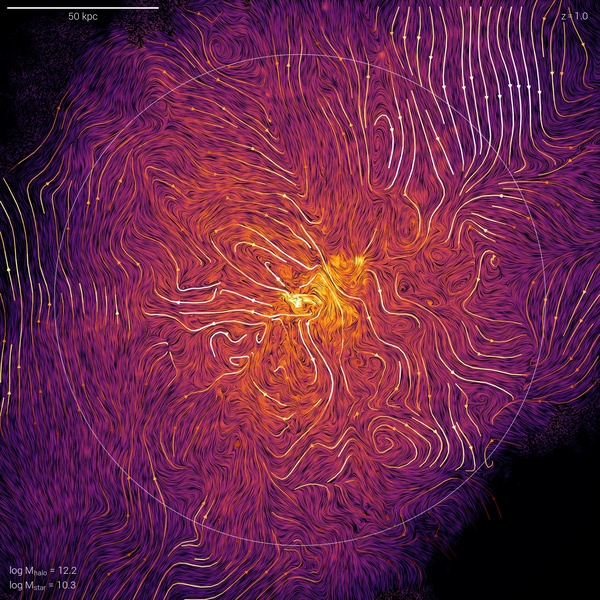
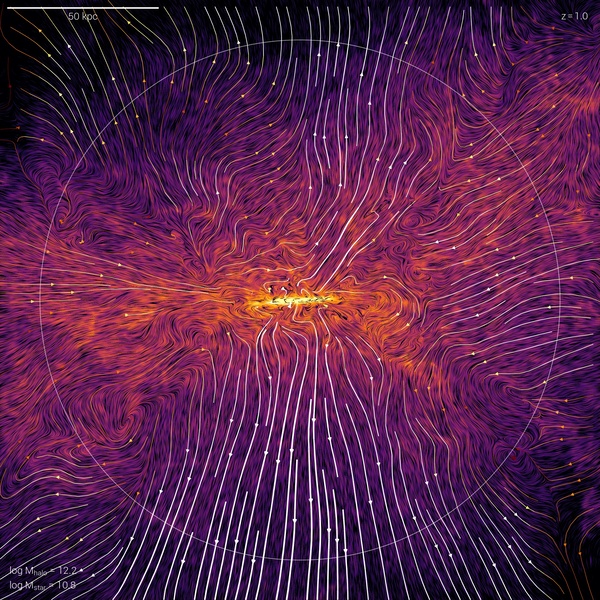
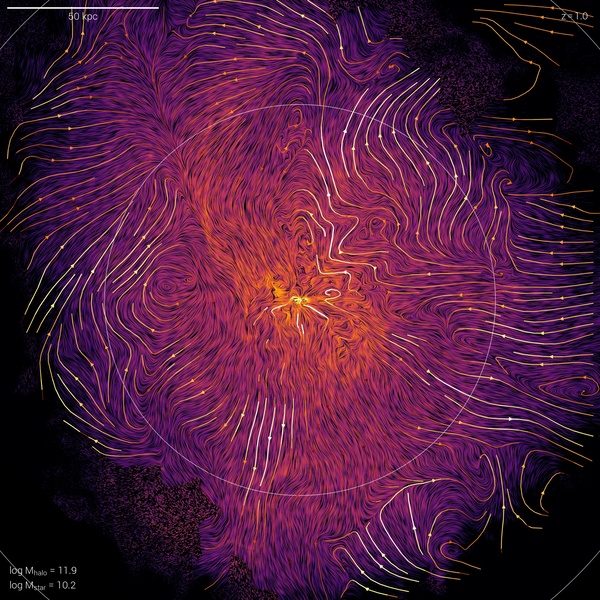
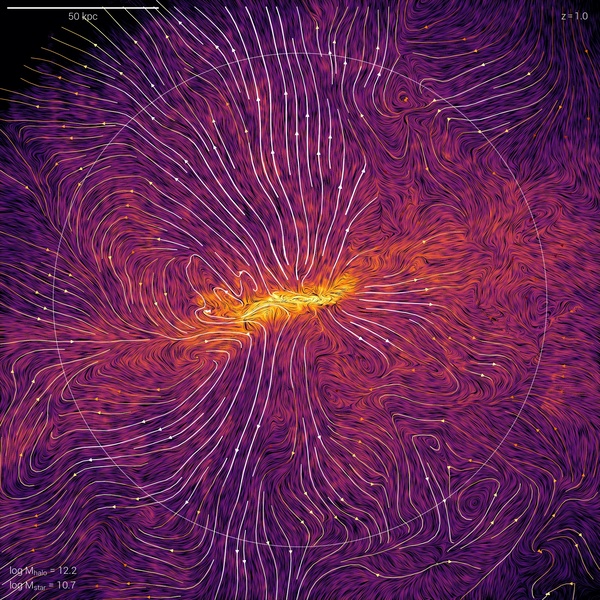
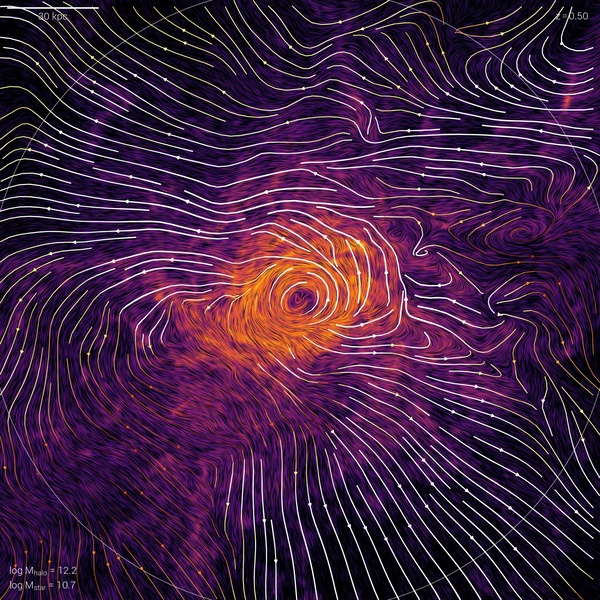
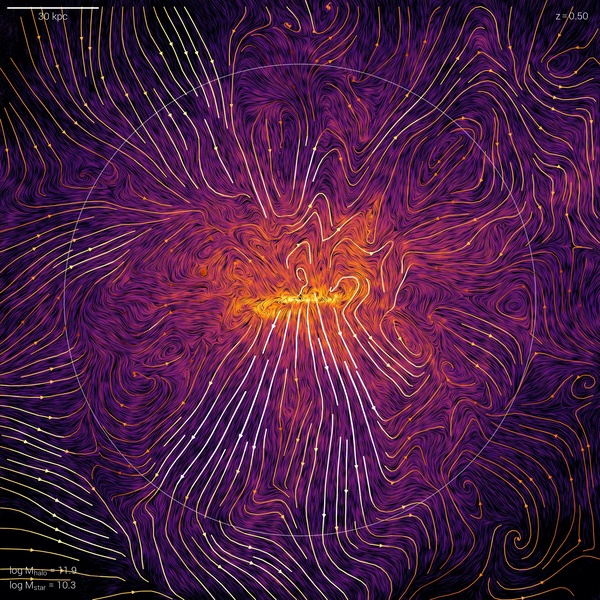
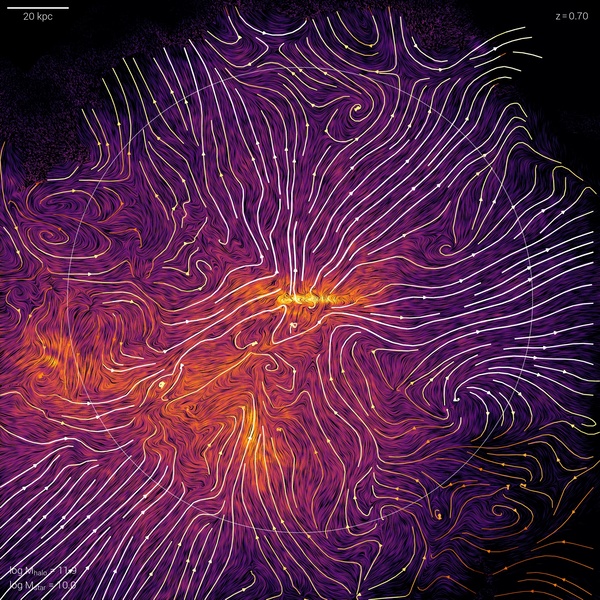
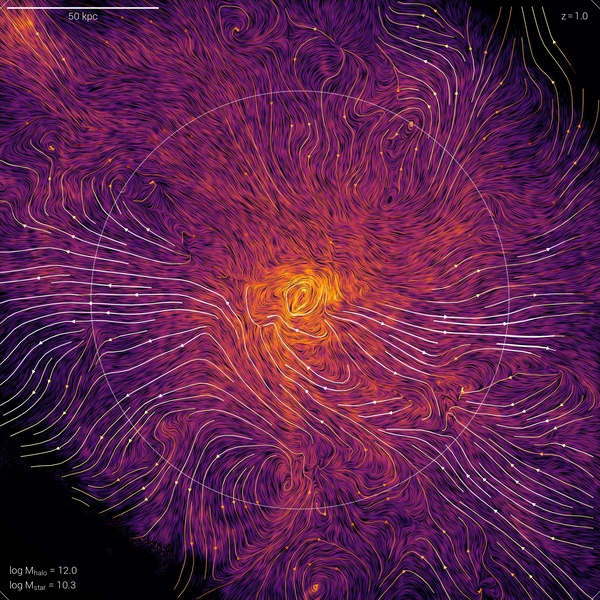
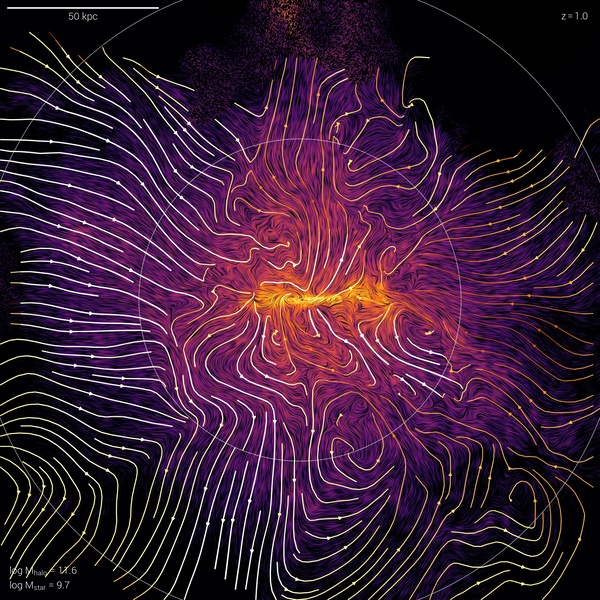
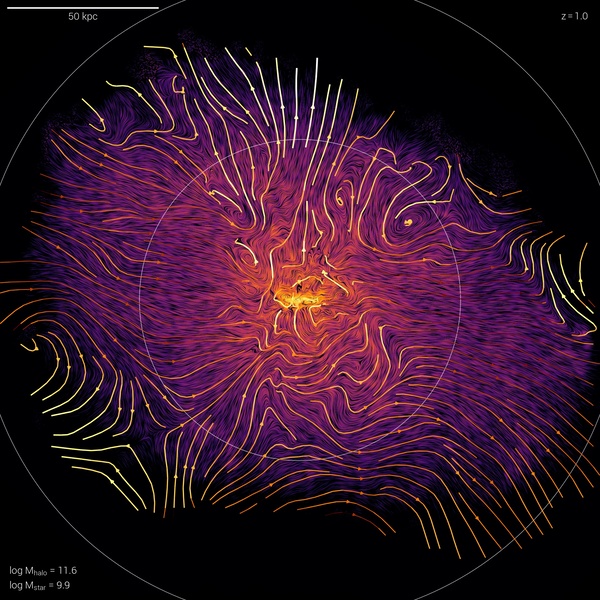
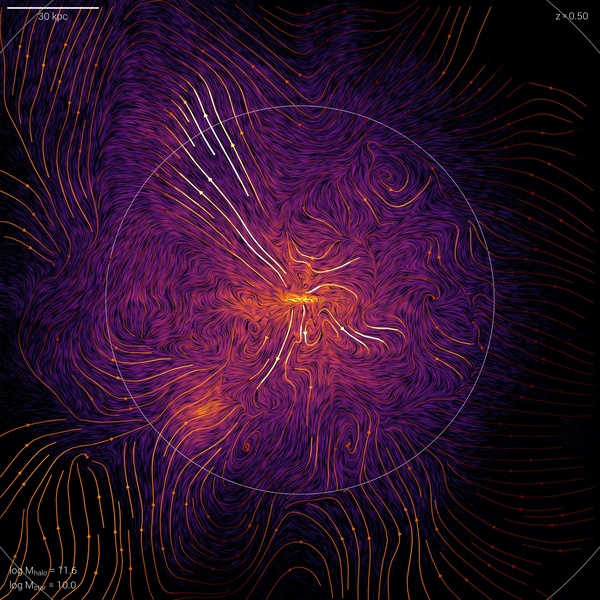
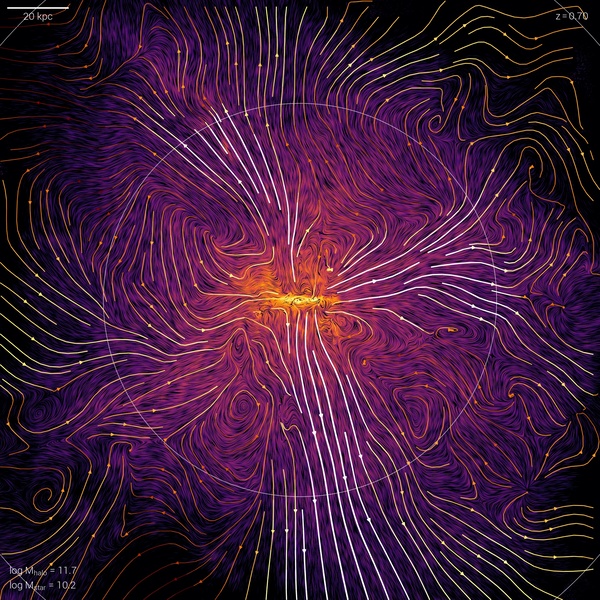
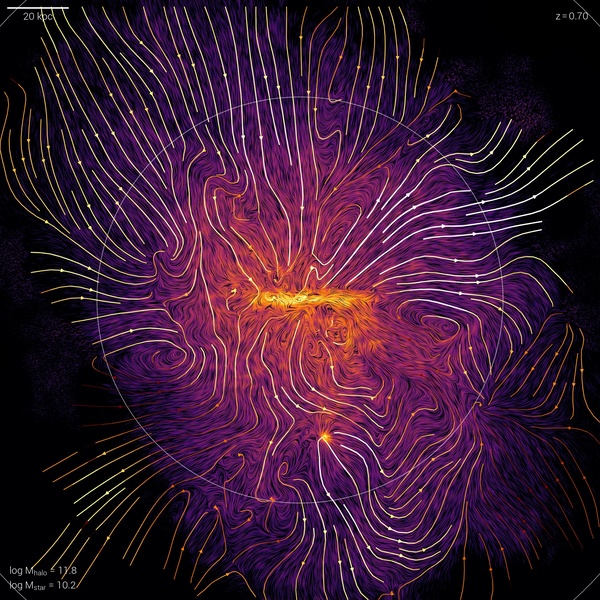
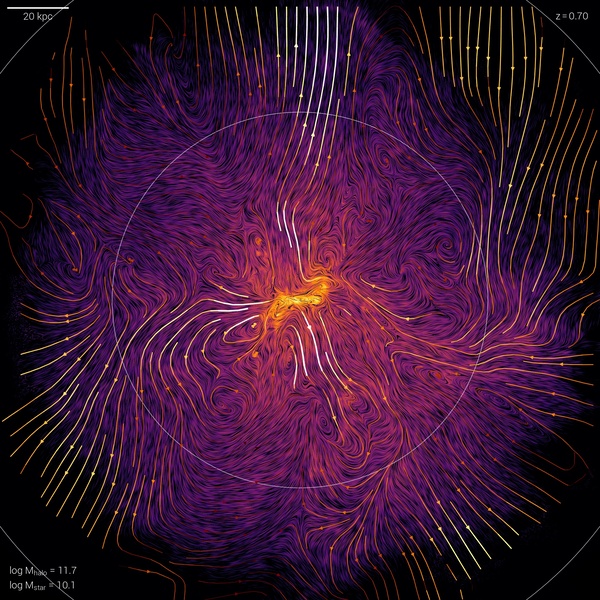
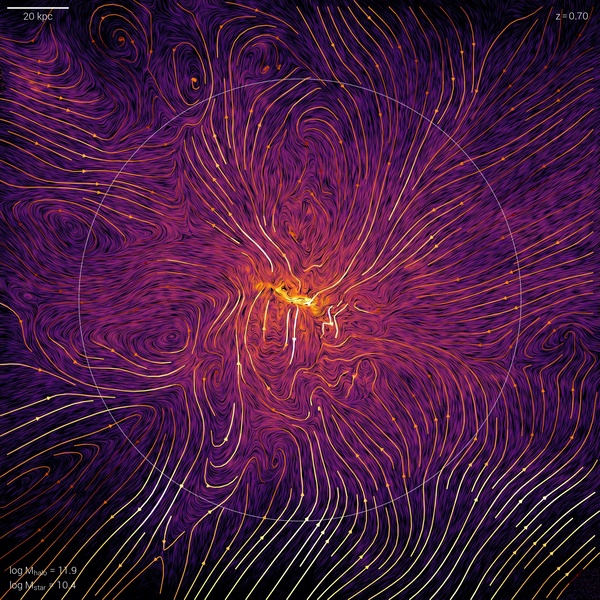
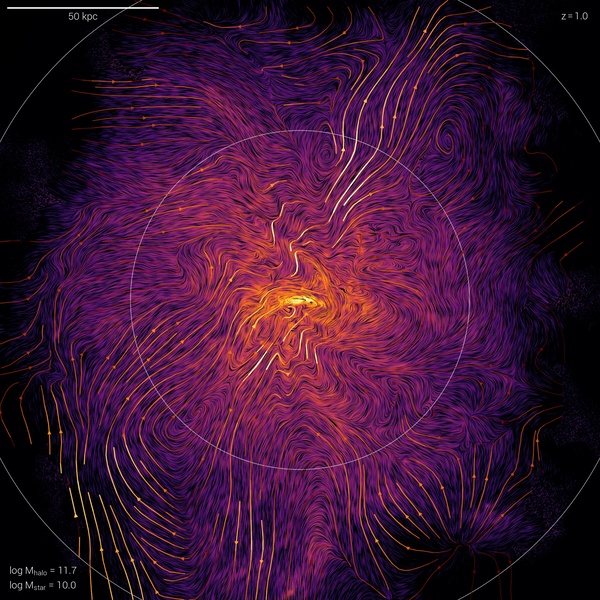
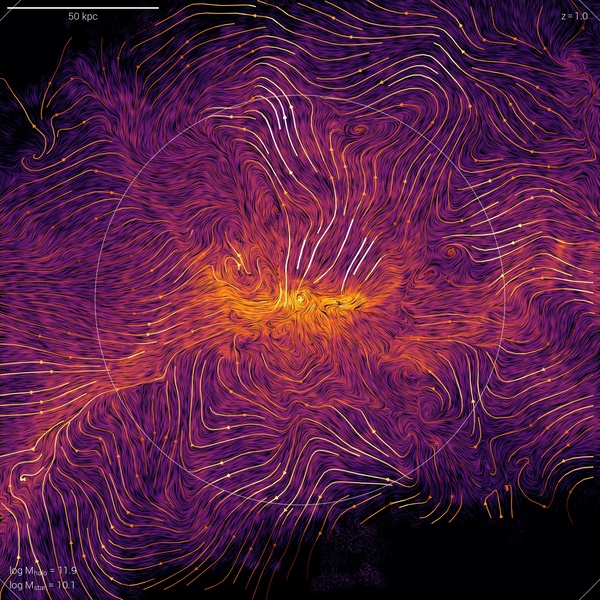

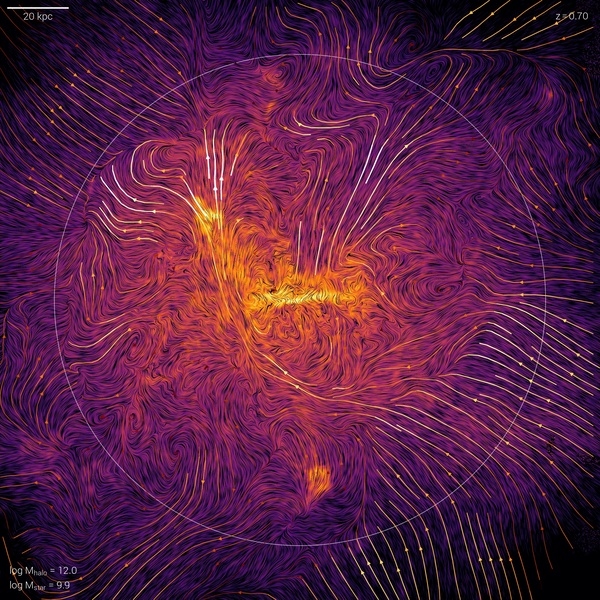
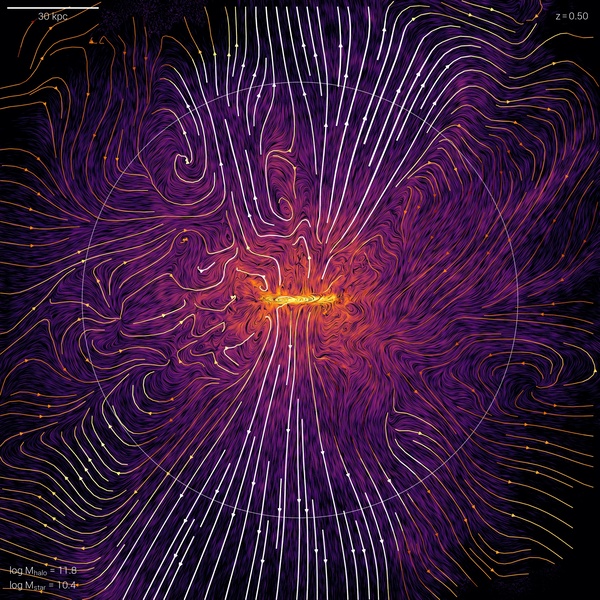
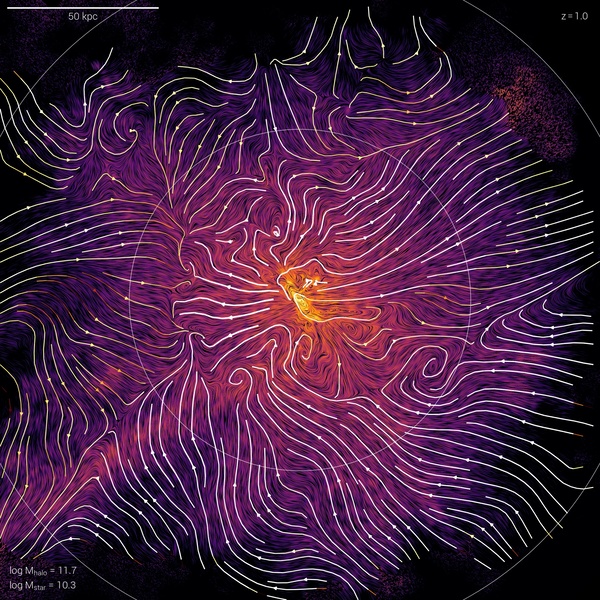
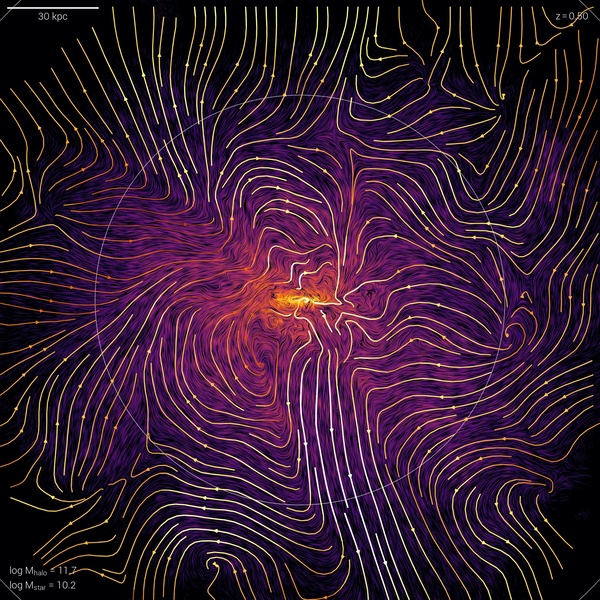
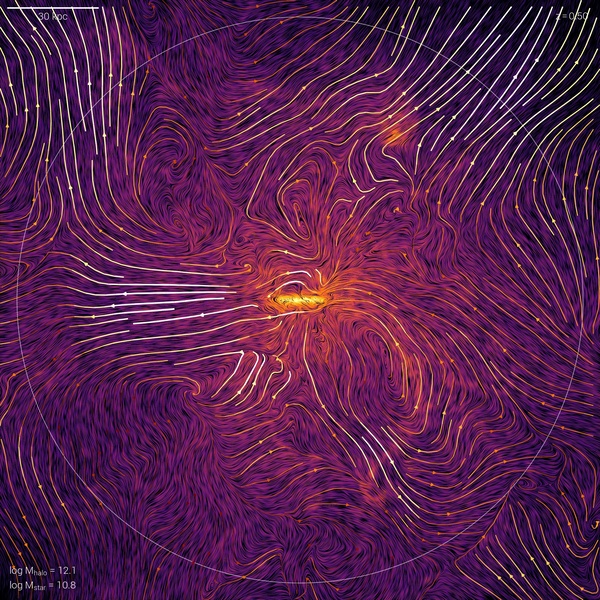
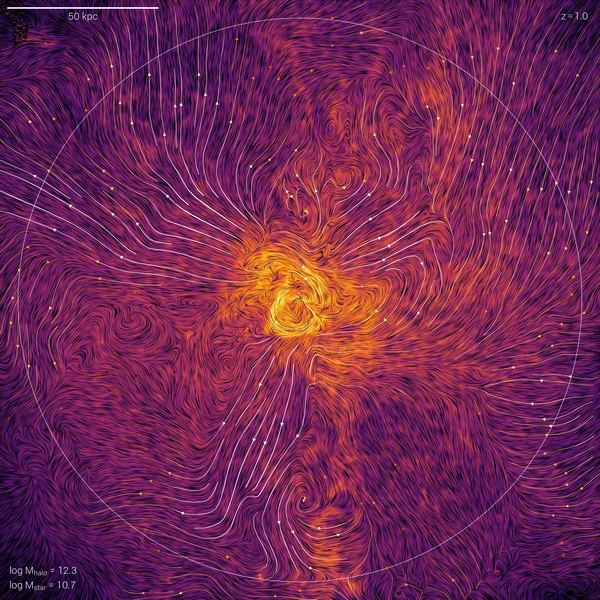
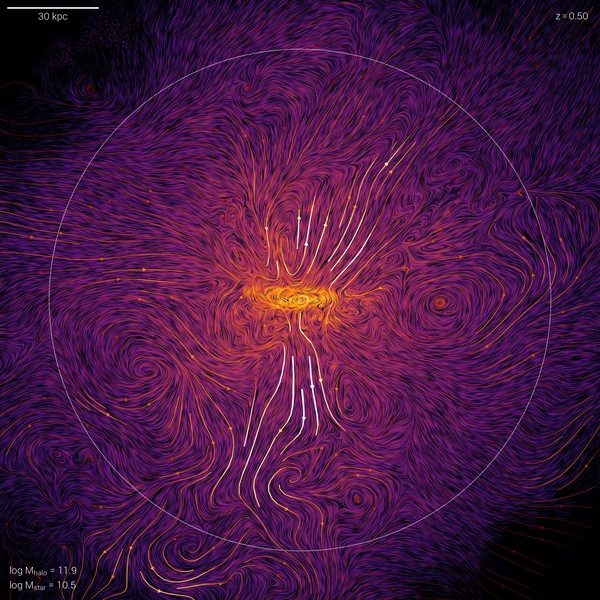
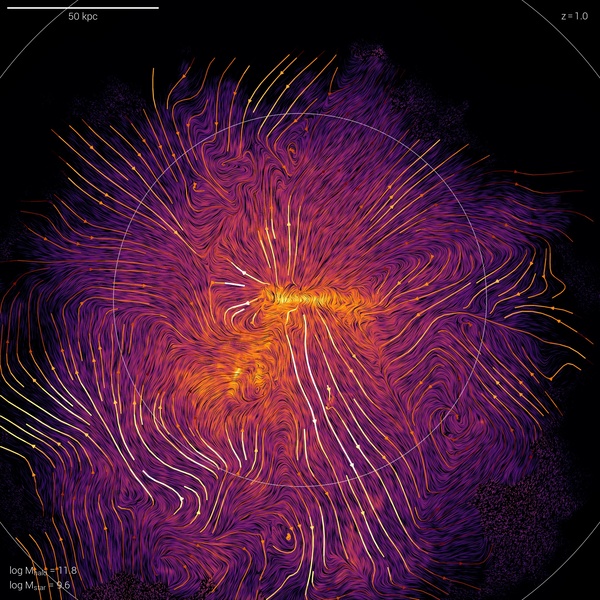
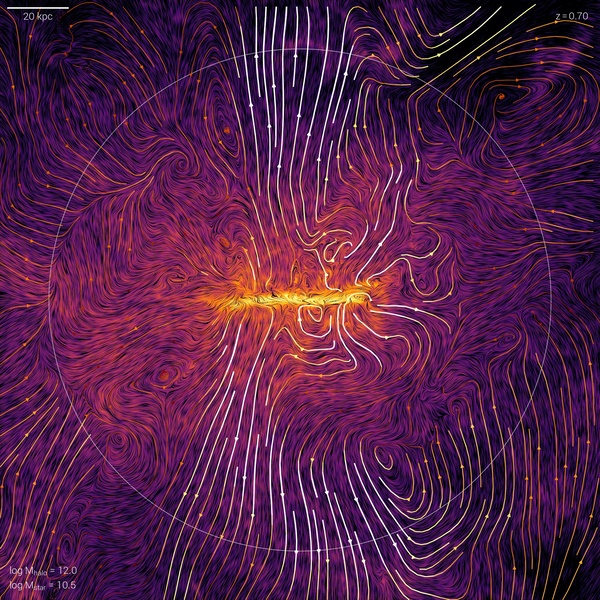
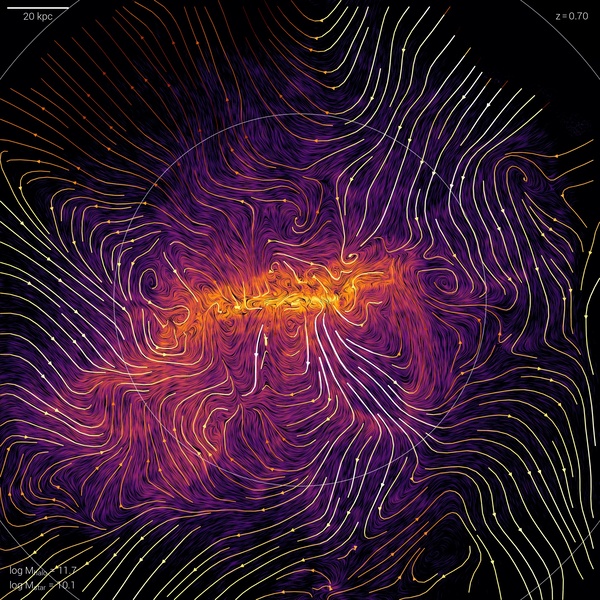
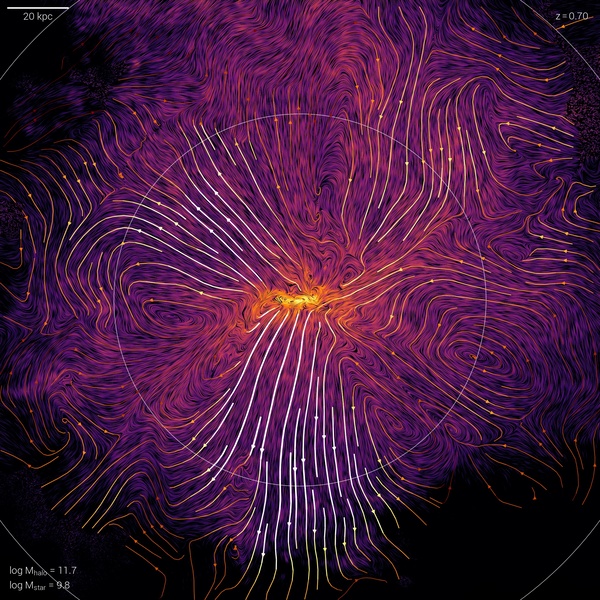
Nelson+ (2019) halo-scale gas flow morphologies from TNG50.
Pillepich+ (2019) galaxy kinematic maps from TNG50, stars.
Pillepich+ (2019) galaxy kinematic maps from TNG50, gas.
Rodriguez-Gomez+ (2019) stellar light images and morphological measurements for TNG50.
Rodriguez-Gomez+ (2019) stellar light images for TNG50.
Peroux+ (2020) metallicity vs radial velocity for CGM gas in TNG50.
Pillepich+ (2021) eROSITA-like X-ray bubbles in the CGM of Milky Way/M31-like galaxies in TNG50.
Ramesh+ (2023a) circumgalactic medium of Milky Way/M31-like galaxies in TNG50.
Ramesh+ (2023b) cold clouds in the CGM of TNG50 Milky Way/M31-like galaxies.
Pillepich+ (2024) sample of Milky Way/M31-like galaxies from TNG50. Stellar light images.
Pillepich+ (2024) sample of Milky Way/M31-like galaxies from TNG50. Physical properties.
Zinger+ (2023) Zooniverse Cosmological Jellyfish from TNG50 and TNG100.
Bottrell+ (2024) HSC-SSP stellar light mocks from TNG50.
Bottrell+ (2024) idealized stellar light mocks from TNG50.
Visualization of the velocity structure of galactic outflows, showing halos between 1011.6 and 1013.5 solar masses at 0.5 < z < 1.0. Here lower mass systems are in the stellar feedback driven regime, while more massive systems also demonstrate strong BH-driven winds. We show individual galaxies, rotated edge-on. The field of view is 200 physical kpc, and the background image shows a gas density projection through an equal depth, modulated by the gas velocity field in a 10 kpc thick slice using the line-integral convolution technique. Color indicates total gas density, while small-scale variation in black shows the local topography of gas motion. The color scales are always the same as in Figure 11 of Nelson+ (2019). Overlaid on top we include streamlines of the same velocity field, to indicate direction and magnitude. Outflows can emerge collimated from the central galaxy, traverse half the virial radius (dotted circle), and establish a large-scale, circulatory, galactic-fountain type flow largely confined within the virial radius of the halo (solid circle).
No more images.